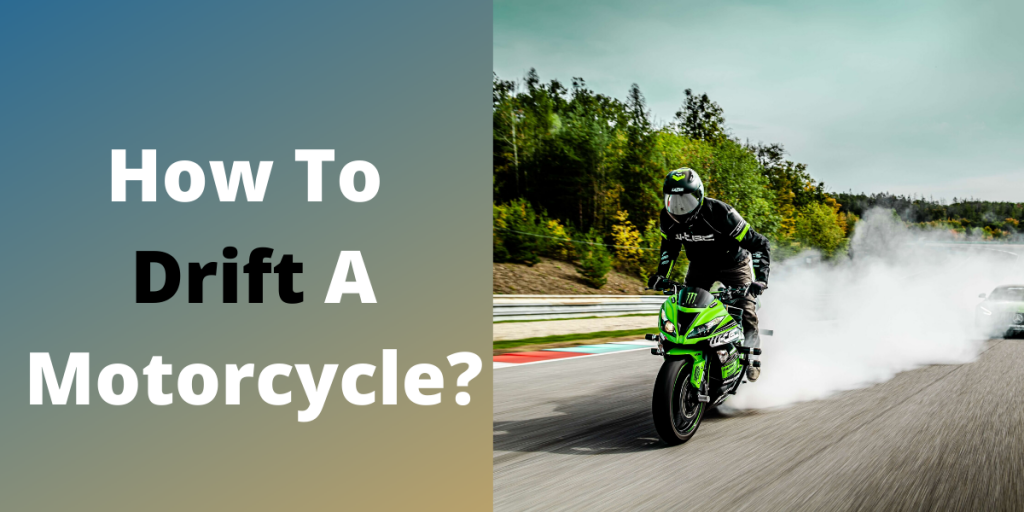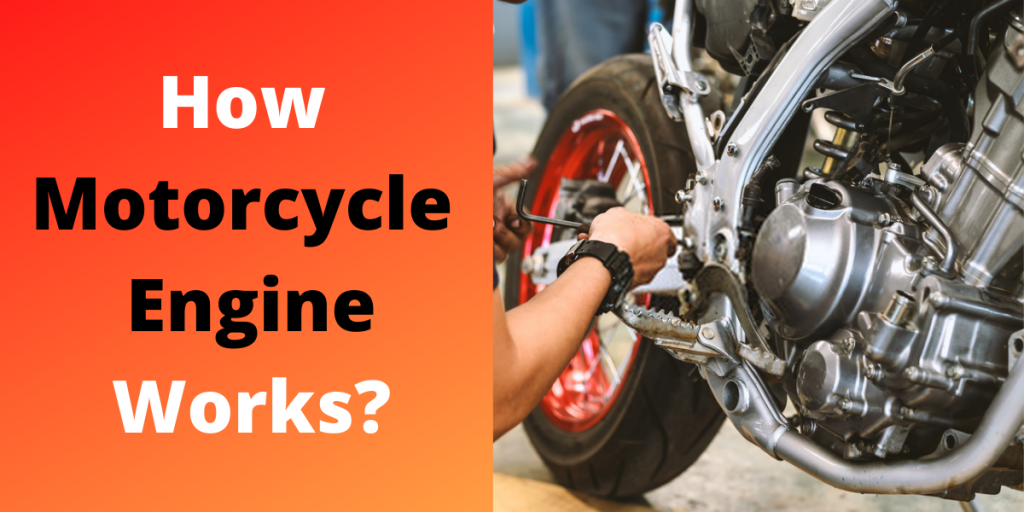There’s a solid reason why most rookie riders are instructed not to activate the front brake while cornering. Not only does this reduce the grip of the front wheel, but braking in the middle of a corner will also cause the bike to stand upright, reducing the lean angle and expanding the turning radius. As a result, many riders prefer to complete their brakes before entering a turn. While this isn’t inherently a bad concept, it prevents riders from practicing trail braking, which is one of the most effective ways to become a safer, faster, and ultimately better rider.
What is trail braking?
So, what exactly is trail braking, you might wonder? Trail braking is a technique that involves transitioning from braking to a full lean angle towards the apex of a turn while gradually letting off the brake as the lean angle grows.
Getting a Grip on the Situation
Trail braking is all about getting the most grip possible. Tires only have a limited amount of traction, and while a motorbike is braking hard, it eats up a significant amount of the available traction. Leaning a bike over significantly lowers the tire’s contact patch, resulting in a significant loss of traction. If you attempt to lean the bike over while applying severe brakes, you will almost certainly go low-side since there is simply not enough available grip to go around on a slippery road.
Finding a Healthy Balance
Through the use of trail braking, riders can discover a sweet spot in terms of traction in the transition zone between braking and cornering. As you approach a turn, you begin gradually releasing pressure from the front brake – a technique known as trailing the brakes. While this is occurring, the tires are provided with additional traction, later depleted by leaning the vehicle. It is a constant and equal exchange of one traction-sapping motion for another that you are performing.
How to trail brake?
Now that you have a fundamental grasp of what trail braking is, let’s look at how the technique is carried out in practice.
You should apply hard braking before entering a turn. Rev-match and downshift in the same manner as you would ordinarily. As you begin to lean the bike towards the bend, gradually ease the pressure on the brake pedal. As you raise the lean angle, you will continue to drop brake pressure at the same pace until you reach full lean at or just before the apex, at which point you should have released the brake pedal completely (albeit you still want a finger or two covering the lever).
When you reach this point, you should be well into the apex, and it is time to stand your bike back up and use the throttle to accelerate out of turn, and there you have it: trail braking!
When is it OK to trail the brakes?
You should note that it is not essential to trail brake into all bends when driving. It is most suited to slower corners where we want to ‘rotate’ the car before the apex in order to turn the car more and open up the exit, allowing us to get on the accelerator sooner.
As a result, in faster corners, we won’t trail brake as much, and we’ll likely come off the brakes earlier (although we’ll still trail a little). This will prevent us from transferring too much grip to the front tires and allow us to keep the rear settled, which is exactly what you want in fast corners.
The quantity of trail braking required for a given bend isn’t predetermined in advance of time. Your approach must be dynamic because the differences in corners, setup, track temperature, and other factors will all impact the balance of your car and the amount of trail braking that is necessary.
To compensate, trail braking is all about feeling and responding to how the car moves beneath you once the wheel has been turned in.
Using trail braking to correct balance concerns was successful.
There are times when the car’s setup isn’t ideal even though you’ve been testing ahead of a race weekend, and we frequently hear Formula One drivers moan about a lack of balance following races.
This is a condition in which one end of the automobile has significantly more grip than the other. The driver will complain about either too much understeer or excessive oversteer.
Trail braking can assist in alleviating this problem to some extent since we can adjust the weight of the car and, as a result, the amount of grip we have if we alter our driving approach somewhat.
Consider the following scenario: you have a car with excessive understeer, and as soon as you turn the car into a corner, the front pushes wide and is unlikely to make it to the apex.
There is a ‘front restricted’ balance in this circumstance because the front tires do not have adequate traction to keep the vehicle balanced. As a result, a competent driver will recognize that we need to give our vehicle’s front end greater grip as we enter the track.
What is the best way to go about it? We need to retain more weight over the front tires as we turn the car in, and we do this by releasing the pressure on the brake pedal a fraction of a second later than we would otherwise.
Because the front of the vehicle is diving more, the front of the car has more weight and grip, which helps to alleviate the balancing issue in general.
Tips and Tricks
As previously discussed, using the front brake in the middle of a corner will cause the bike to desire to rise. Because you’re only applying a small amount of braking pressure by the time you’ve started to lean the bike over, this effect shouldn’t significantly impact the direction of the front wheel. You can mitigate it by applying a small amount of extra pressure to the inside handlebar to keep the bike tipped over and traveling in the intended direction.
You’ll want to release off the brakes and step on the throttle at somewhat different times, depending on the bend you’re approaching. Once you’re comfortable with trail braking, you may start experimenting with different approaches to a particular curve.
Practice, Practice, Practice is the keys to success
Achieving good trail braking technique is undoubtedly one of those things that are easier said than done, which is where practice comes in handy. Even if you have a good grasp on how to perform the technique, trail braking requires an absurd amount of effort to master – something we are still slowly but steadily improving here at the office. Understanding how a move is accomplished and knowing how to correctly execute the maneuver in the event of a dangerous circumstance are two entirely different things.
As evident as it is, it is critical to practice trail braking while maintaining a relaxed state of mind while doing so. After all, you’re testing the boundaries of your tires’ traction, so staying inside your comfort zone when training is essential.
Maintain Consistency
It is critical to maintaining a smooth riding style when trail braking, just as it is when riding in general. Fluid and progressive acts, rather than abrupt and rapid ones, should be used in this situation. It is necessary to do many tasks in tandem simultaneously to trail brake effectively. If not performed with care or in the proper sequence, trail braking can make cornering more dangerous.
If you apply a large amount of pressure to the front brake, the bike’s front end will dive (the forks compress). The suspension cannot go up and down while the bike is on its side at lean; it doesn’t cause much concern when riding straight, but it becomes a severe hazard when riding in a leaned-over position. Riding smoothly can help to keep your suspension from experiencing the dreaded “pogo stick effect” when entering corners. The suspension of a motorbike, on the other hand, maybe purposefully modified in order to provide better riding qualities.
Geometry Aids in More Effective Riding
The handling characteristics of motorcycles with a shorter wheelbase (the distance between the front and rear wheels) are superior to those of bikes with longer wheelbases. It is possible to purposefully compress the front forks by using just enough front brakes to achieve the desired result. This reduces the bike’s wheelbase and increases its cornering capabilities. When you accelerate, on the other hand, the weight is shifted to the back of the bike, which actually extends the wheelbase, making the bike more stable as the speed increases.
Why YOU Should Be Participating
There is a popular misunderstanding that trail braking is a technique that should only be used on the racing track, similar to getting one’s knee to the ground. That’s just incorrect! As for the trail braking aspect, you definitely shouldn’t be dragging your knee on public roads. In addition to making lap times (and overall riding) faster, trail braking may also be utilized to make riding on the streets very safer.
Riders who use trail braking have far more choices for mysterious movements on the road. While trail braking, you’re already on the brakes in the middle of the bend, and you’re already half leaning over. It also means that if an unexpected hazard appears around the bend — such as when a blind turn becomes tighter. You’ll be prepared to either decrease brake pressure and increase the lean angle or increase brake pressure and stop mid-corner if necessary — something that isn’t an option if you’ve completed all of your brakings before leaning into the corner.
Exactly what kinds of dangers are connected with trail braking?
Trail braking may be tough to understand and put into practice, especially for new riders who are just getting started on their motorcycle. Trail braking also places a significant amount of braking and steering forces on the front tire, but when done wrong, trail braking has the ability to overburden the tire with those forces and cause it to fail. When the front tire slips, especially in the middle of a curve, it is typically more difficult to recover than when the rear tire slips.
Like many other motorcycle tactics, trail braking may be more successful for some riders, bikes, and roads than others, depending on the circumstances. Trail braking is most likely best learned at one of the track-based riding schools specializing in the technique or during a track day under the supervision of a more experienced control rider who can guide you through the process. It is possible to learn or practice trail braking on the open road. However, you should be aware that severe trail braking on the open road might significantly lower your safety margin, especially if road surfaces are poor and other cars are present. Test it out (in a safe environment!) and see if it works for you.
Final Words:
While trail braking is a complex technique that takes time and practice to perfect, if a driver has the feel and expertise to do it correctly, they will be faster for a lap and will be able to “drive around” minor setup concerns.
Even though it will take some time to perfect your technique, a skilled driver coach will aid you in reducing the learning curve and can assist you with other parts of your driving that are technically challenging.
Again, thank you so much for taking the time to read this and, if you do have any queries, please do not hesitate to ask your questions in the comment section below.



